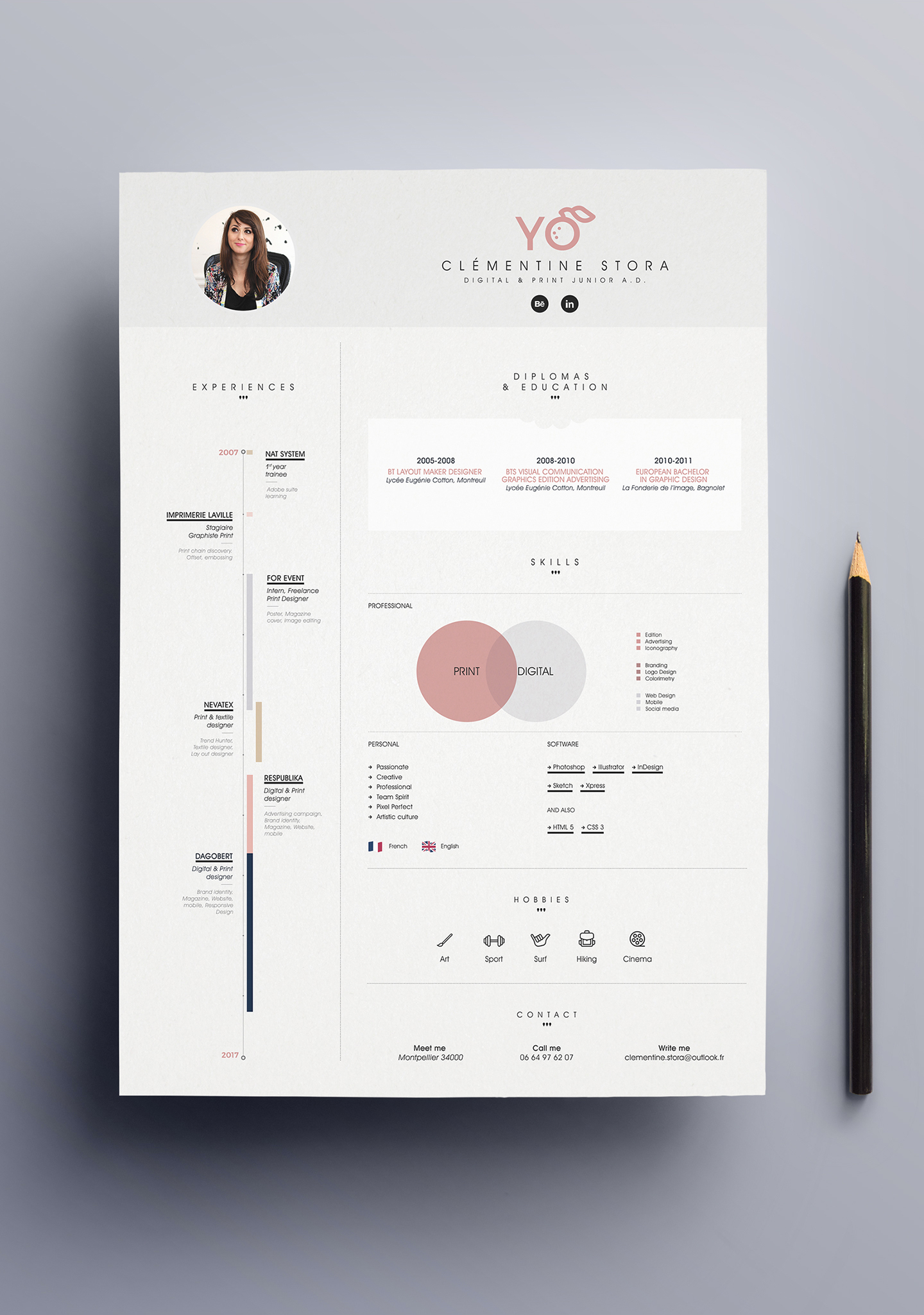
Related: The Ultimate Guide To Functional Resumes Types of infographics for resume s Developing an infographic resume can be a creative way to gain the attention of hiring managers and recruiters. Infographic resumes often use minimal text, attractive colours, unique fonts, and stylish layouts to make reading and understanding the content easier. What is an infographic resume?Īn infographic resume contains graphic design elements that depict your skills, education, experience, and other qualifications. In this article, we define what an infographic resume is, discuss when to use one, describe the steps you can take to create an infographic resume, and provide tips to help you design one. Regardless of why you're creating this type of resume, it's important to use infographics appropriately so they display your qualifications and experience in a way that's easy to understand. Using infographics in your resume can highlight your creativity and graphic design skills. If you include a vertical timeline, like Chris or Francisco, consider how putting the most recent dates at the top emphasizes your current experiences.When applying for a job, preparing an infographic resume can help you stand out. It’s common to process time from left to right, so if there is space, I’d suggest a horizontal variation like JP’s.

Should you orient a timeline horizontally or vertically?īoth horizontal and vertical timelines were shared last month. Let’s look at a few of the overarching themes on display. Thanks to the challenge, we now have a gallery of visual resumes on the community, built in a wide range of tools. Tips & tricks for designing a visual resume I outlined several questions to help you better understand your specific context. To help you decide whether a creative resume is for you, refer back to the original challenge description. However, if you’re applying for a more traditional role, having a creative resume might send the wrong message. If you’re looking for a data visualization role or one where design skills are valued, it’s probably okay to show off your talent in your resume. In short, how you approach your resume is unique to you. Applying SWD principles paid off her daughter not only landed a new job, but also received kudos from the interviewer about the resume. Robyn created two visual resumes last month: one for herself and one for her daughter. Once he struck the right balance, he landed a new data science role. Joseph shared his creative take-one that blended the traditional text-heavy approach with a few images. SWD’s own Randy Knaflic has an extensive background in HR, and he had this to say: “Having interviewed and hired literally thousands of people over the course of my career, and in turn having reviewed probably 50x that number of resumes, I can say that visual resumes can sometimes work, but there is a fine line between sometimes working and definitely not working.”ĭespite some of the concerns about using visual resumes, at least two members pushed ahead and were successful. Jacob suggested that while he wouldn’t lead with his portfolio-focused resume, he’d consider sharing it further along in an interview process.

On the other hand, Ngaire recognized that a personality-driven resume would alienate some people, but thought it would be a good way to target the right role. Ludovic created an interactive resume and, despite acquiring a good number of datapoints, mentioned that he probably wouldn’t showcase this in an interview. Looking at the commentary for each resume submission, there wasn’t a clear consensus in the community either. This is a divisive question-even amongst the storytelling with data team! It’s really going to depend on who’s reviewing your resume, what role you’re applying for, and how well you pull off a non-traditional approach. Whether you keep things simple or get fancy depends on your needs. There isn’t a single way to incorporate data visualization techniques into a resume. Stephen went wild and visualized his career as a board game.


Heidi emulated a dashboard, visualizing each section with a different graph type. Simon chose a more traditional or classic approach by focusing primarily on layout, color, and adding a few images. The above sampling shows the wide spectrum of solutions.


 0 kommentar(er)
0 kommentar(er)
